PneumaCult™ Airway Organoid Kit
Serum- and BPE-free medium for efficient establishment and differentiation of airway organoids
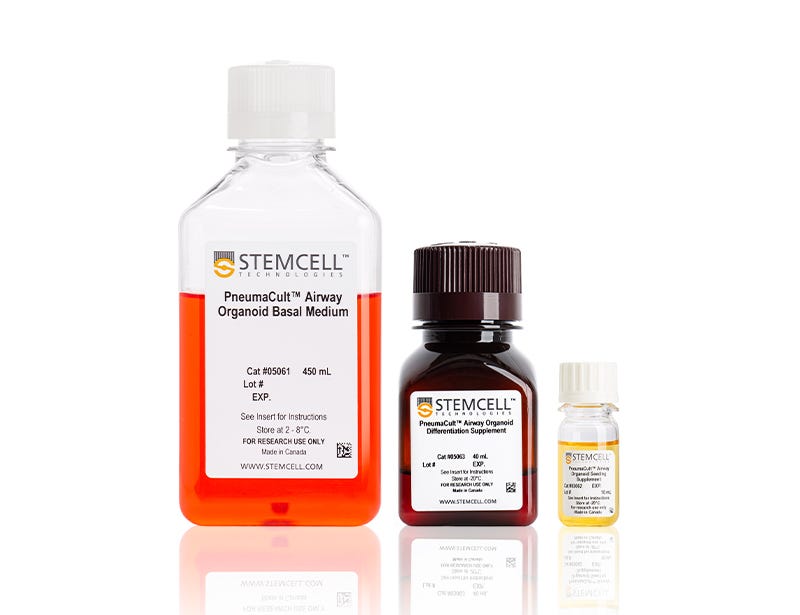
Request Pricing
Thank you for your interest in this product. Please provide us with your contact information and your local representative will contact you with a customized quote. Where appropriate, they can also assist you with a(n):
Estimated delivery time for your area
Product sample or exclusive offer
In-lab demonstration
-
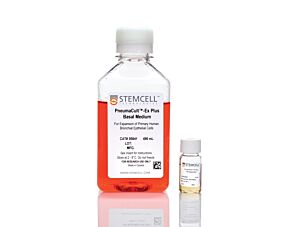 PneumaCult™-Ex Plus Medium
PneumaCult™-Ex Plus MediumSerum- and BPE-free medium for expansion of primary human airway epithelial cells
-
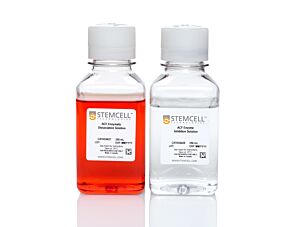 Animal Component-Free Cell Dissociation Kit
Animal Component-Free Cell Dissociation KitDissociation kit for human stem and progenitor cells
-
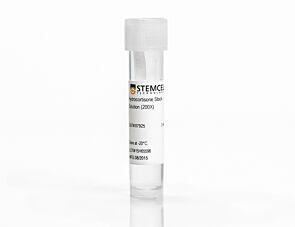 Hydrocortisone Stock Solution
Hydrocortisone Stock SolutionCell culture supplement
-
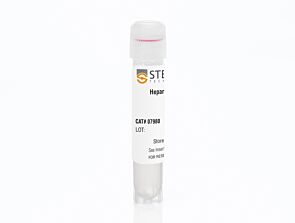 Heparin Solution
Heparin SolutionCell culture supplement
-
Labeling Antibodies
Compatible antibodies for purity assessment of isolated cells
Overview
After 2D expansion in PneumaCult™-Ex Plus Medium (#05040), PneumaCult™ Airway Organoid Seeding Medium allows for initiation of 3D organoid culture, then PneumaCult™ Airway Organoid Differentiation Medium is used to obtain morphologically relevant airway organoids. Airway organoids provide a functional in vitro organotypic culture system for studying the airway epithelium. When fully differentiated, the organoids exhibit a centralized lumen surrounded by a polarized airway epithelial cell layer, comprised of differentiated cell types, such as ciliated cells and goblet cells. Applications of airway organoid cultures include modeling lung diseases, drug screening for efficacy and toxicity, and studying the functions of the airway epithelium.
Browse our Frequently Asked Questions (FAQs) about culturing airway organoids culture using PneumaCult™.
Should you intend to use this product for commercial purposes, please contact HUB at www.huborganoids.nl for a commercial use license or for clarifications in relation to HUB licensing.
Data Figures
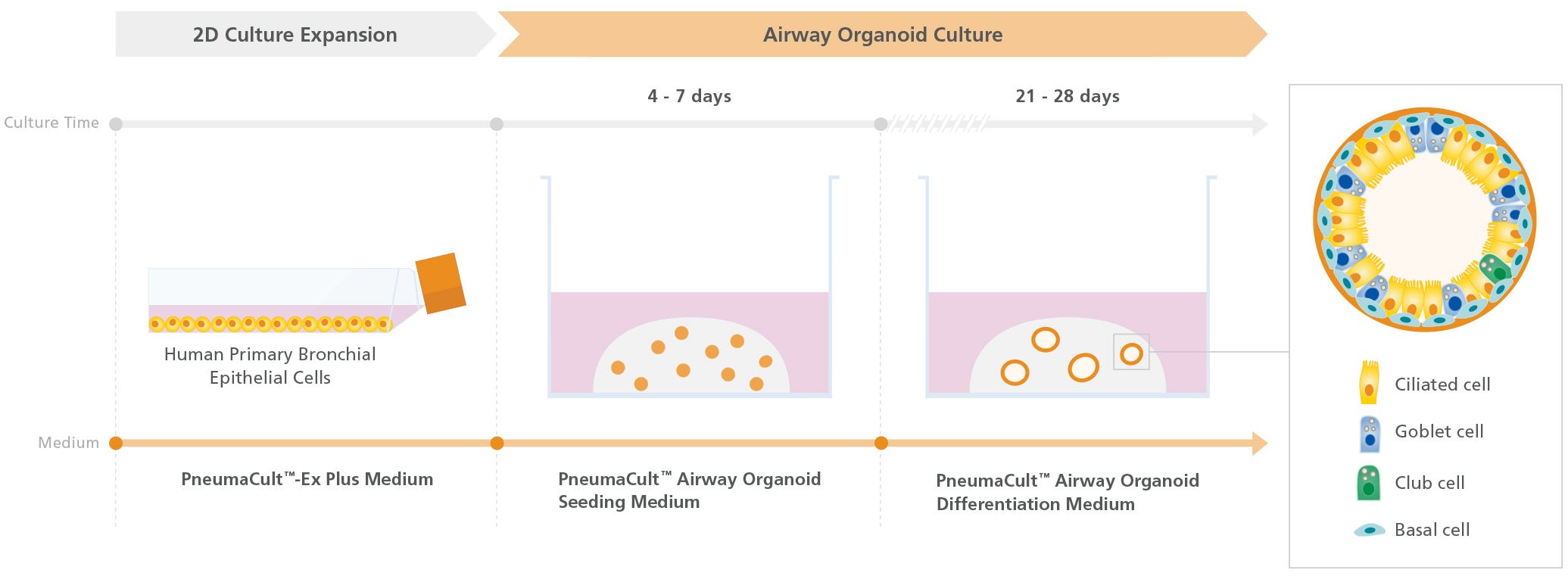
Figure 1. Overview of the PneumaCult™ Culture System for Human Airway Organoid Generation
In the early two-dimensional expansion phase of the human airway organoid culture procedure, HBECs are expanded using PneumaCult™-Ex Plus Medium. The HBECs are then embedded into a Matrigel® dome and expanded for 4 - 7 days using PneumaCult™ Airway Organoid Seeding Medium. Following the expansion, the HBECs are differentiated using PneumaCult™ Airway Organoid Differentiation Medium for an additional 21+ days.

Figure 2. Fully Differentiated Human Airway Organoids Generated Using PneumaCult™ Airway Organoid Kit
(A) Bright-field image of airway organoids growing in PneumaCult™ Airway Organoid Seeding Medium at day 7 exhibit basal cell spheroid morphology. (B) Bright-field image of airway organoids differentiated in PneumaCult™ Airway Organoid Differentiation Medium at day 21 exhibit hollow lumens. (C) Airway organoid stained for ZO-1 (junction protein marker, red), MUC5AC (goblet cell marker, purple), AC-Tubulin (ciliated cell marker, green), and DAPI (nuclei, blue).

Figure 3. Forskolin-Induced Swelling of Airway Organoids
(A) Forskolin-treated organoids derived from healthy donors increased in size compared to the DMSO control, indicating functional CFTR protein expression. (B) Forskolin-induced swelling is lost in organoids derived from CF donors, but re-established in VX-809-treated airway organoids. Error bars represent ± 95% confidence interval for the mean (n=3). Bright-field images of airway organoids taken during the Forskolin swelling assay at (C) 0 hours and (D) 6 hours show organoid swelling after treatment.
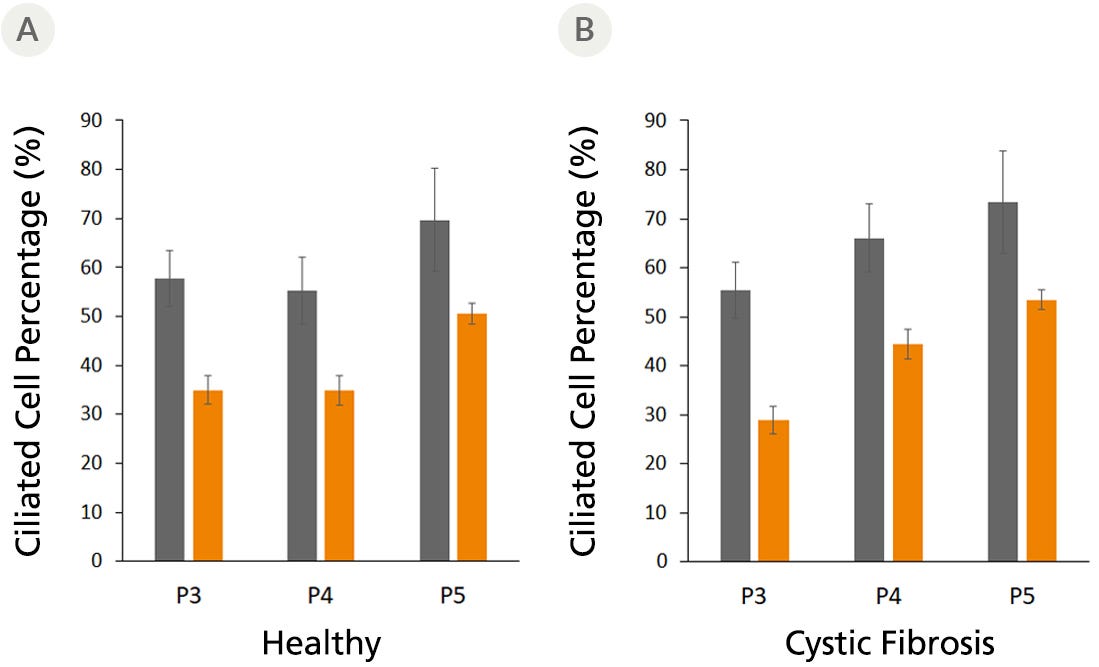
Figure 4. Fully Differentiated Airway Organoids Retain Morphological Characteristics at Different Passages
The ciliated cell percentage in organoids grown from (A) healthy and (B) CF donors using PneumaCult™ Airway Organoid Kit increased from P3 to P5. The total and ciliated cells were counted using a hemocytometer. Error bars represent ± 95% confidence interval for the mean (n=3).
Protocols and Documentation
Find supporting information and directions for use in the Product Information Sheet or explore additional protocols below.
Applications
This product is designed for use in the following research area(s) as part of the highlighted workflow stage(s). Explore these workflows to learn more about the other products we offer to support each research area.
Resources and Publications
Educational Materials (22)
Related Products
-
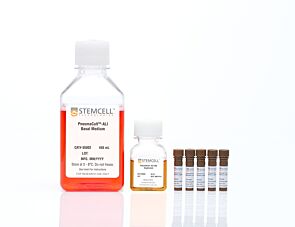 PneumaCult™-ALI Medium
PneumaCult™-ALI MediumSerum- and BPE-free medium for human airway epithelial cells cultured at the air-liquid interface
-
 PneumaCult™-Ex Plus Medium
PneumaCult™-Ex Plus MediumSerum- and BPE-free medium for expansion of primary human airway epithelial cells
-
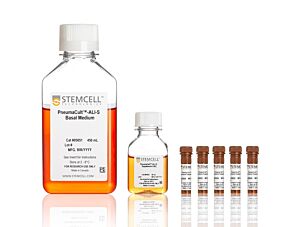 PneumaCult™-ALI-S Medium
PneumaCult™-ALI-S MediumSerum- and BPE-free medium for human small airway epithelial cells cultured at the air-liquid interface
-
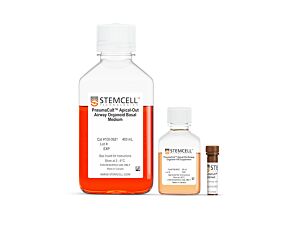 PneumaCult™ Apical-Out Airway Organoid Medi...
PneumaCult™ Apical-Out Airway Organoid Medi...Serum- and BPE-free medium for differentiation of human primary bronchial epithelial cells or human airway epithelial cells to mature apical-out airway organoids
-
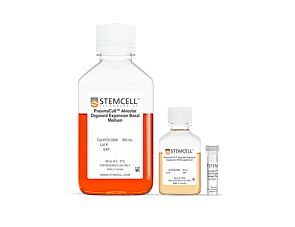 PneumaCult™ Alveolar Organoid Media
PneumaCult™ Alveolar Organoid MediaCell culture media for expansion and differentiation of human alveolar organoids
Item added to your cart

PneumaCult™ Airway Organoid Kit
This product was developed under a license to intellectual property owned by Hubrecht Organoid Technology (HUB). This product is sold for research use only. Purchase of this product does not include the right to use it for drug screening aiming for commercial gain, equipment validation, biobanking, or for other commercial purposes. Purchasers wishing to use the product for purposes other than basic research use should contact HUB at www.huborganoids.nl to obtain a further license. Purchasers may apply for a License from HUB, which will not be unreasonably withheld by HUB.
PRODUCTS ARE FOR RESEARCH USE ONLY AND NOT INTENDED FOR HUMAN OR ANIMAL DIAGNOSTIC OR THERAPEUTIC USES UNLESS OTHERWISE STATED. FOR ADDITIONAL INFORMATION ON QUALITY AT STEMCELL, REFER TO WWW.STEMCELL.COM/COMPLIANCE.






















